Join us on an exciting tour through the mountains of Neuchâtel in the Jura & Three-Lakes region in northwestern Switzerland. Here, we can trace back the origins of Swiss watchmaking for centuries. Let’s start in La Chaux-de-Fonds!
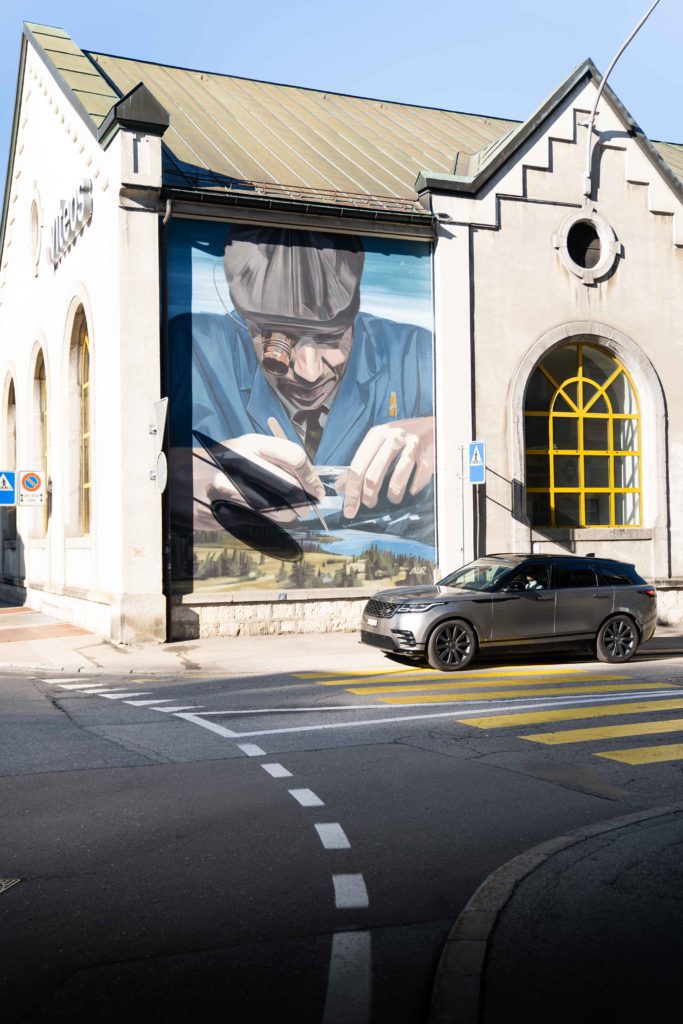
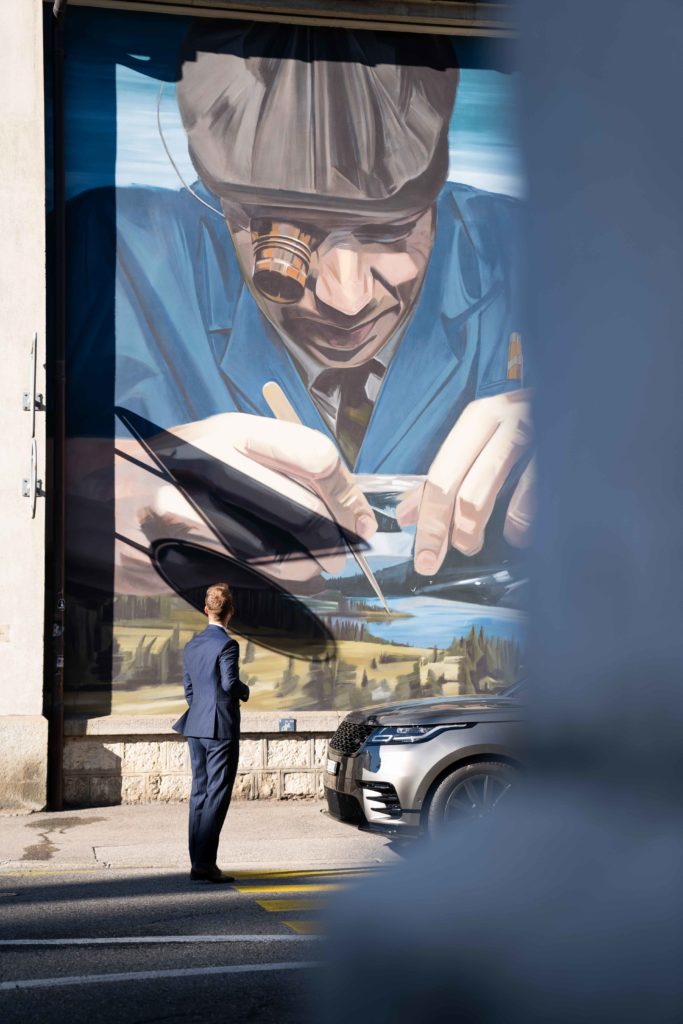
Visiting the Cradle of Watchmaking
Alongside Geneva and Lausanne, La Chaux-de-Fonds is one of the largest cities located in the Romandie, the French-speaking part of Switzerland. For many, this might be somewhat surprising. However, the town has a rich history, dating back to 1656. From there on, its growth and prosperity are mainly correlated with the success of Switzerland’s watchmaking industry. Situated within an area known as the Watch Valley, La Chaux-de-Fonds has become the epicenter of fine watchmaking.
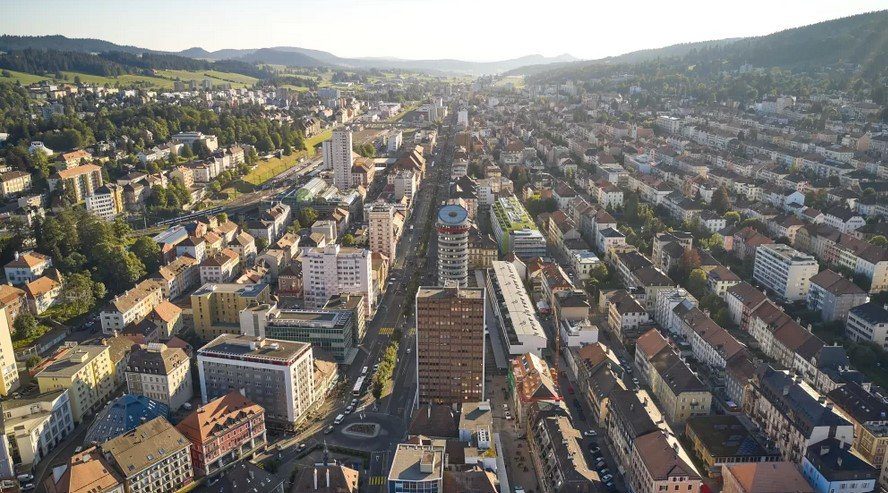
Consequently, the city is the birthplace of some of the most famous Swiss watch brands. Among them TAG Heuer, Girard-Perregaux, Corum, Eberhard & Co. and Omega. In 1908, the first location of the watch brand Rolex was also registered in La Chaux-de-Fonds. Even today, manufacturers of world-famous brands are still based in La Chaux-de-Fonds. Here, brands like Cartier, TAG Heuer, Jaquet Droz, Greubel Forsey, Patek Philippe, Schwarz Etienne, Ulysse Nardin or Breitling Chronometrie develop and manufacture complicated Swiss timepieces.


After a delicious lunch at the Ferme des Brandt, a converted Neuchâtel farmhouse, we meet Rudolf Schläpfer. He lived in La Chaux-de-Fonds for more than 40 years and has studied the history of the town and watchmaking in great depth. We are happy to join him on a tour to visit the former Spillmann watchmaking atelier. This former residence, renovated in the early 20th century, was used as a factory and residence. We’re impressed by The Salon Bleu adjoining the workshop. It is decorated with magnificent floral motifs, a superb example of the local “Sapin” (Pine Tree) Art Nouveau style.


Rudolf Schläpfer tells us that even Karl Marx mentions La Chaux-de-Fonds in his books, referring to it as one big manufactory of watches. Around 1900, about 50% of the world's watches were produced in the city of La Chaux-de-Fonds. Here, the concept of network production was pioneered, which proved much more efficient.
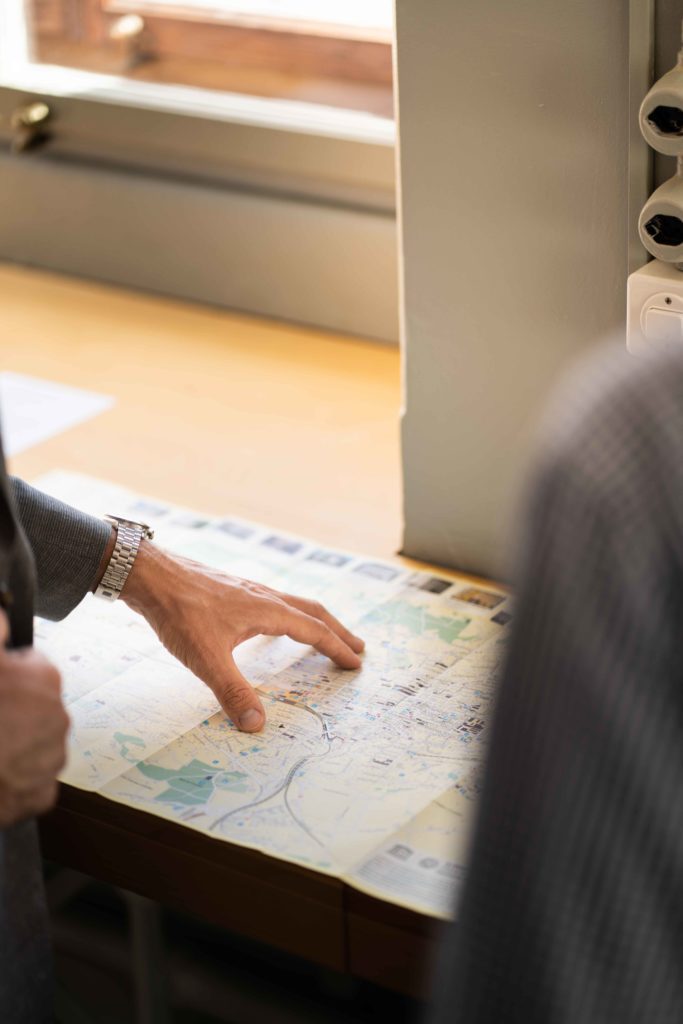
Unwinding at the Grand Hôtel Les Endroits
After an eventful day we’re happy to check in at the Grand Hotel Les Endroits. Here, on 1,111 meters above sea level, we enjoy a cigar and a fine Single Malt Scotch Whisky. The family-owned and run hotel turns out to be the perfect fit for us. After a relaxing time in the beautifully renovated spa of the hotel, we enjoy an excellent dinner with a wide variety of local and seasonal dishes.
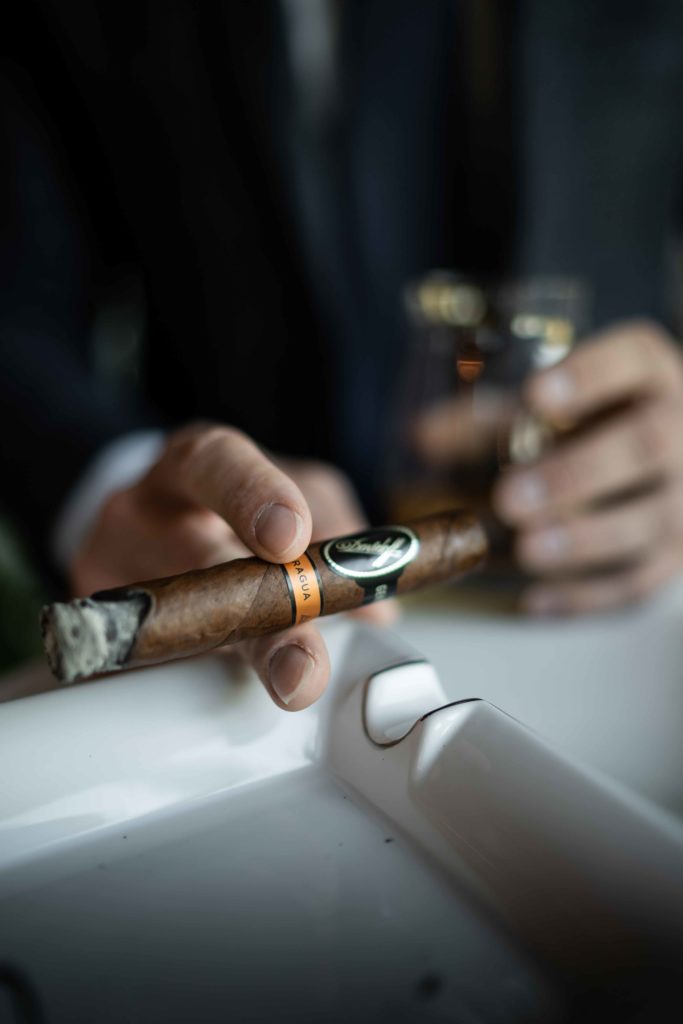
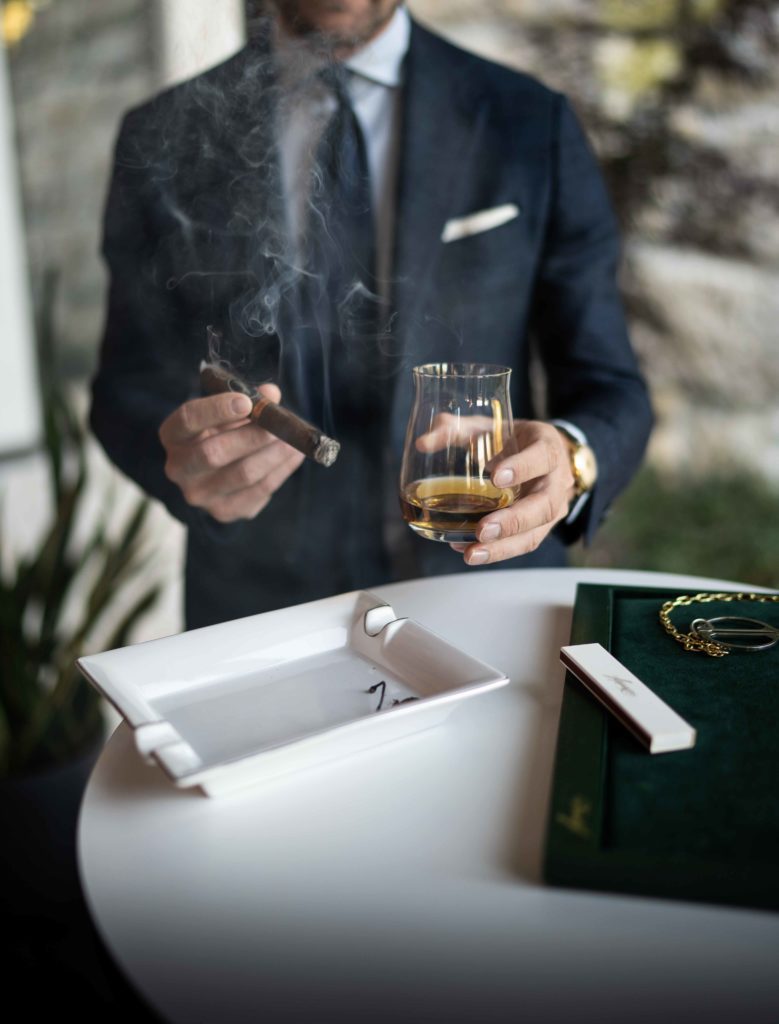
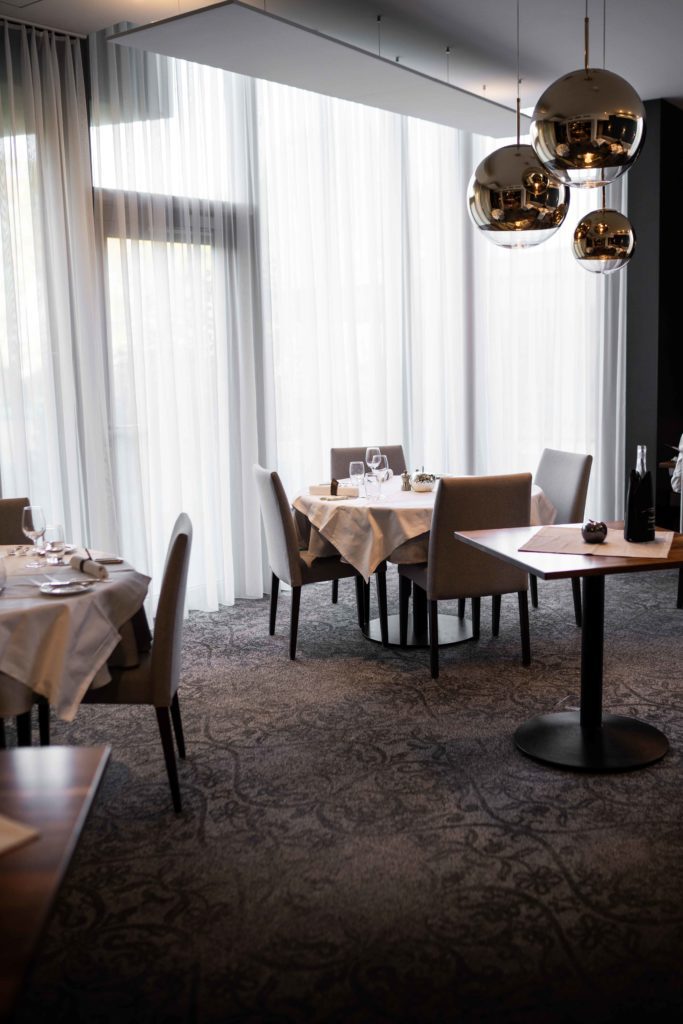
We then look forward to a night in our wonderfully exclusive spa suite. On a lavish 82m² space, luxury awaits us. There is a private spa inside the magnificent suite featuring a whirlpool , sauna and steambath. The elegant bedroom has access to a nice balcony or terrace, while the large living room has a home theater, working space, dining table and even a kitchenette.
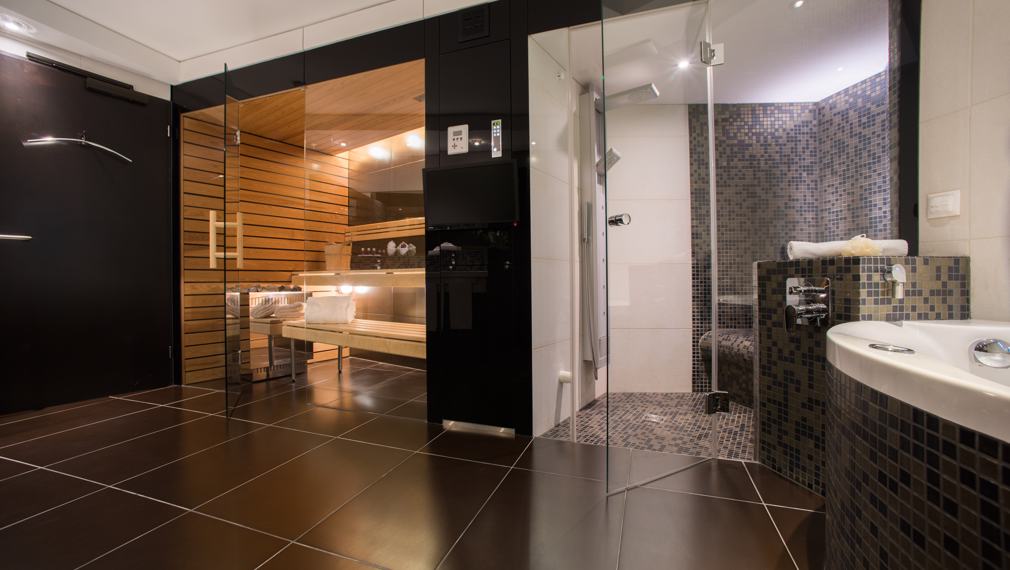
Inside the Musée de l'horlogerie in Le Locle
The next morning, we’re heading to Le Locle where we visit the Musée de l'horlogerie. It is the perfect place to deepen our knowledge of watchmaking and its exciting history. Today, the museum is located inside a beautiful estate on a hill overlooking the town. However, that wasn’t always the case. In fact, the museum had to move several times in its rich history dating back to 1868. Back then, the Watchmaking School of Le Locle was opened. For pedagogical reasons, the watch collections of the existing Museum of Le Locle were transferred to the new school. Subsequently, the watch museum was subject to the relocations of the school. After a period of rapid growth in 1902, the museum itself fell into neglect. At the beginning of WWII, its collections were boxed and stored away as a precautionary measure. At the end of the war, a lack of space made it impossible to house the works in a new location.
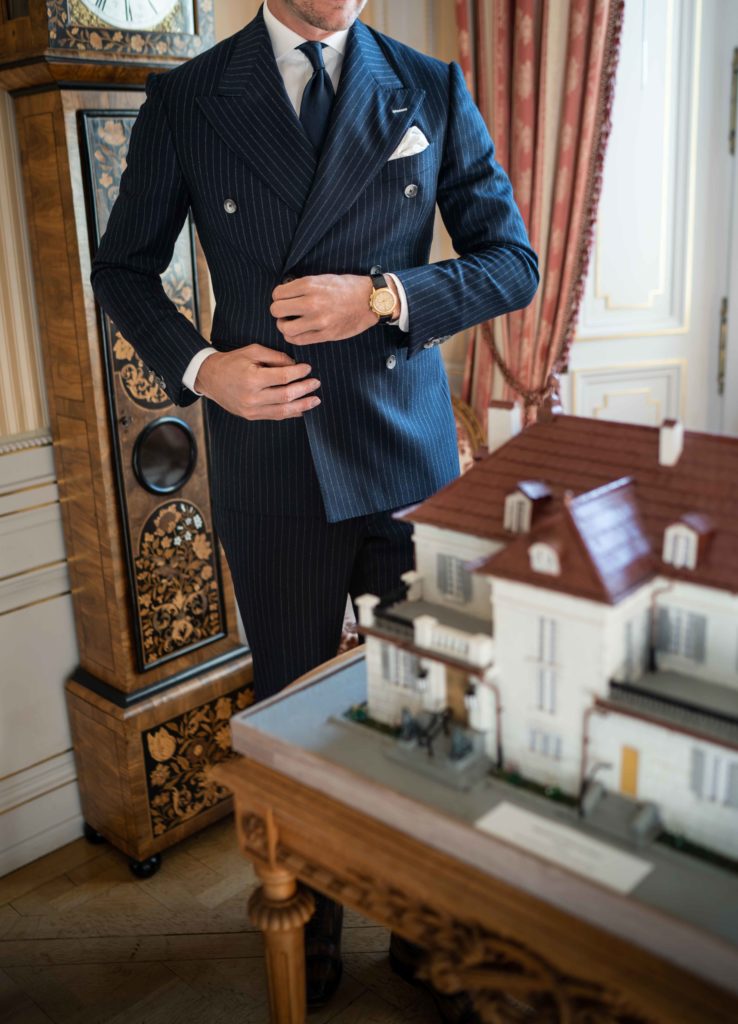
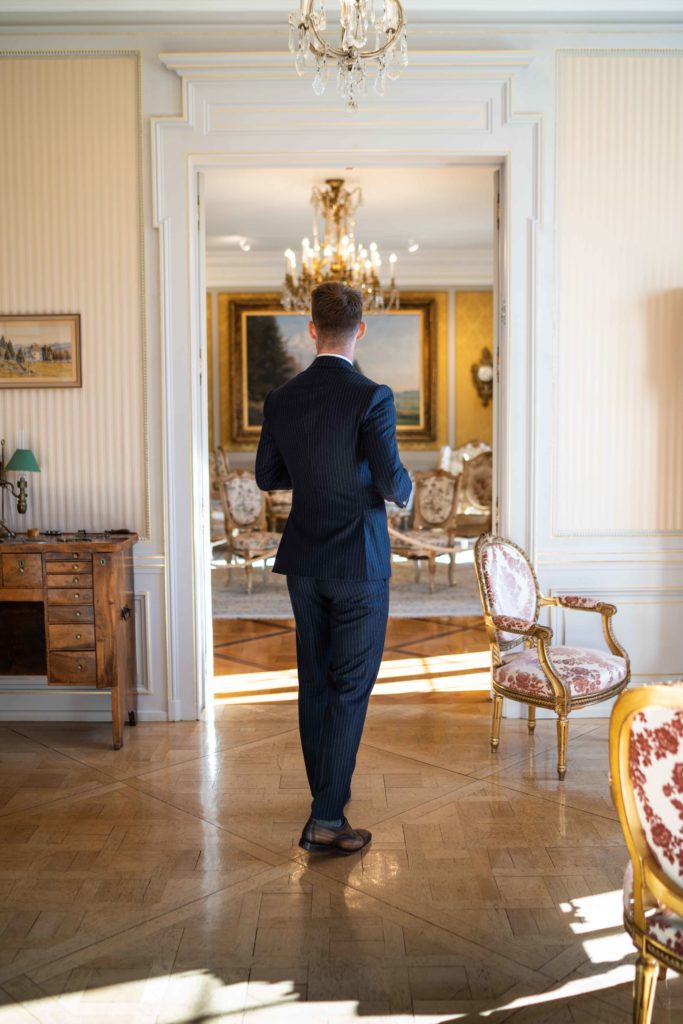
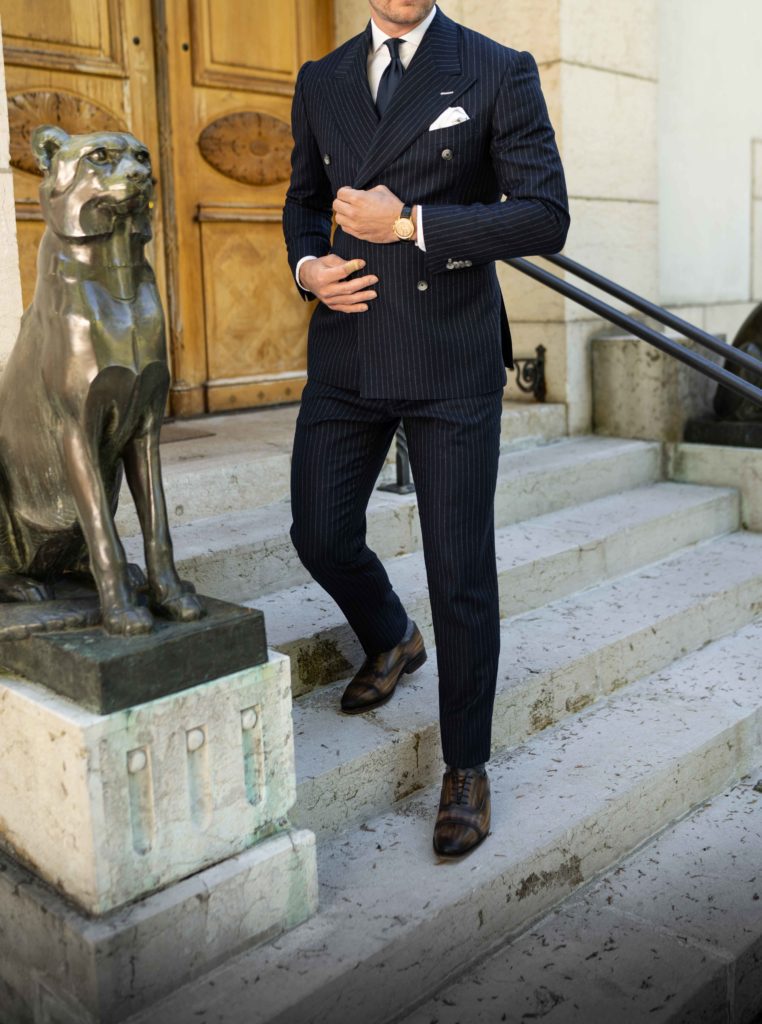
In 1951, a small group of enthusiasts luckily decided to revive the Museum. However, they faced difficulties finding an appropriate building to exhibit the existing collections. Amazingly, they managed to purchase the Château des Monts. In this magnificent estate, the Musée de l'horlogerie could undergo a rebirth by opening its doors on 23 May 1959.
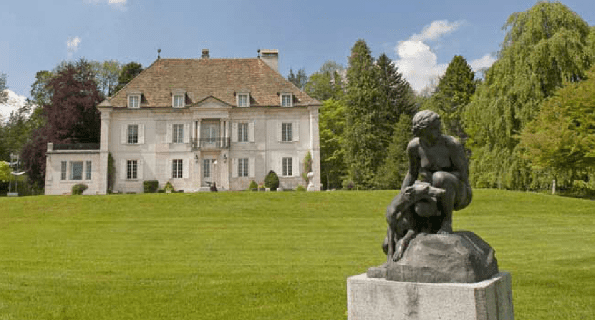
Zenith Watch Manufacture & Chronometry Workshop
Learning about the history of mechanical watchmaking makes us want to get a glimpse behind the scenes. Luckily, Zenith has recently partnered with the Neuchâtel Tourism Office to create an unforgettable watchmaking experience. Besides an immersive 360° experience about the inner workings of a fully-fledged watchmaking manufacture, visitors can discover crucial skills of artisans as well as different manufacturing processes. Among them are designing movements, component manufacturing and assembly of the final watch.
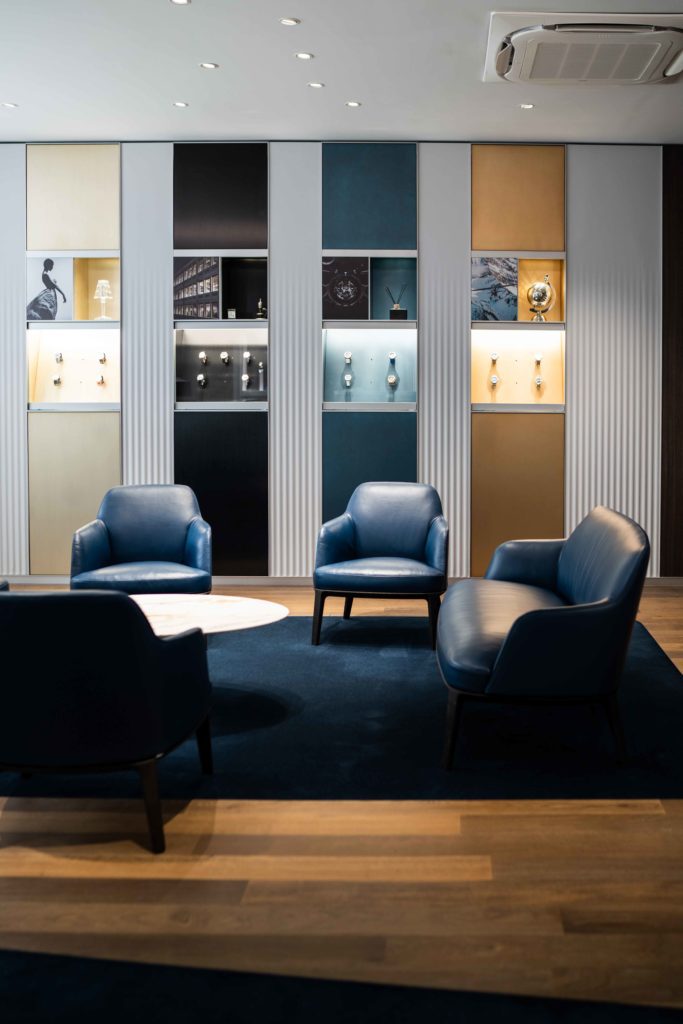
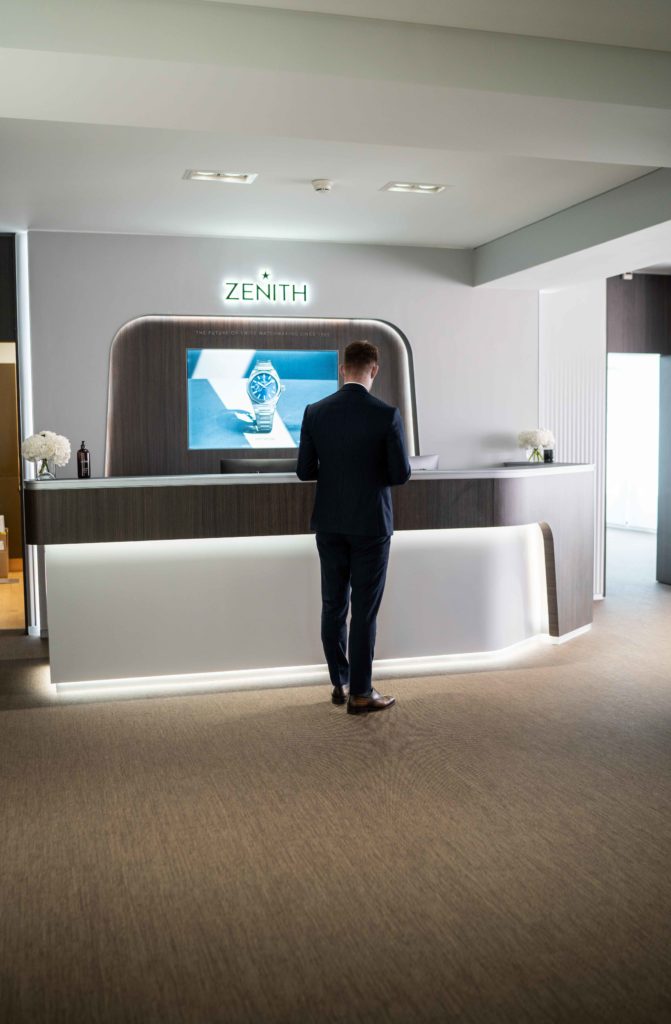
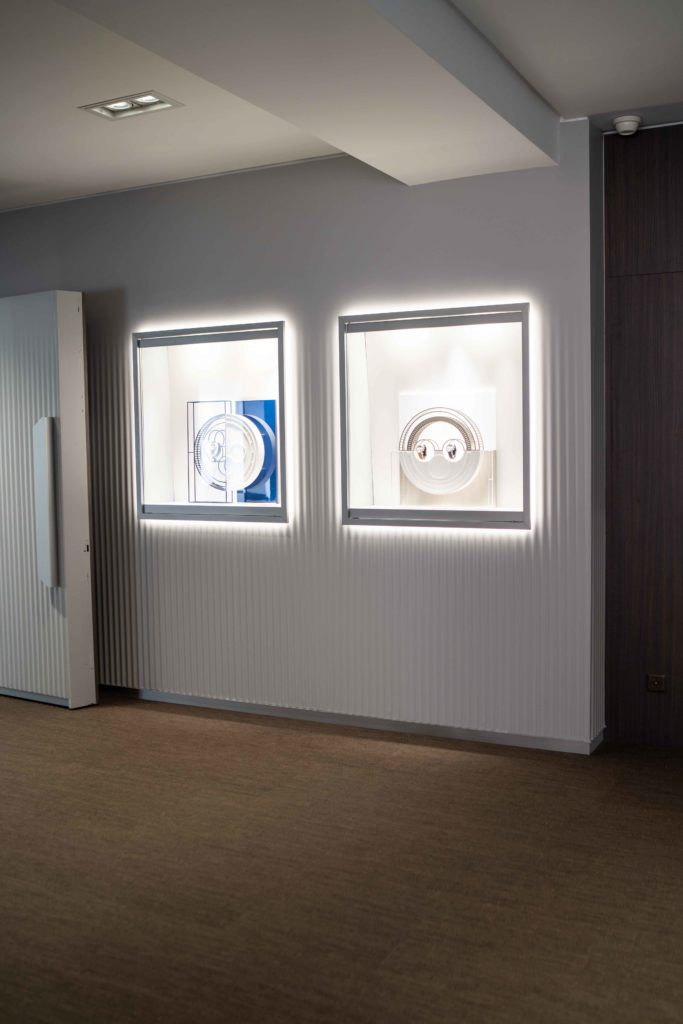
Now it's even possible to step into the shoes of a watchmaker! At the Zenith watchmaking workshop, we get to work on the legendary chronometer calibre 5011. After a brief introduction, a passionate master watchmaker guides us through the regulation steps. Next, w even get to disassemble and reassemble the core piece of the watch. Using the watchmaker's tools to work on the balance spring is both challenging and fascinating!

Zenith’s history dates back to 1865 when Georges Favre-Jacot founded the company in Le Locle. He invented the concept of "in-house movements", believing that only through control of the entire watchmaking process, perfection could be achieved. Today, Zenith is one of the oldest continuously operating watchmakers. Their manufacture comprises of 18 different buildings which have never changed since the company was founded. When setting up the premises, the idea was to bring together all the skills and crafts from the whole valley in one small space where one brand would produce the best watch.

El Primero: An iconic Chronograph
One can’t talk about Zenith without mentioning the iconic El Primero movement. At their manufacture, visitors can learn about the past, present, and future of the outstanding caliber, with rare watches from the archives on display for all to admire. As cheaper foreign quartz watches were taking a toll on traditional watchmaking, Zenith revolutionized mechanical chronographs in 1969 with the unveiling of the El Primero, the world’s first automatic, integrated high-frequency chronograph caliber. This was the result of intensive research and development by the manufacture. Zenith envisioned a modern production method using the latest generation tools. Their designers translated the modernity of the caliber into unprecedented designs.
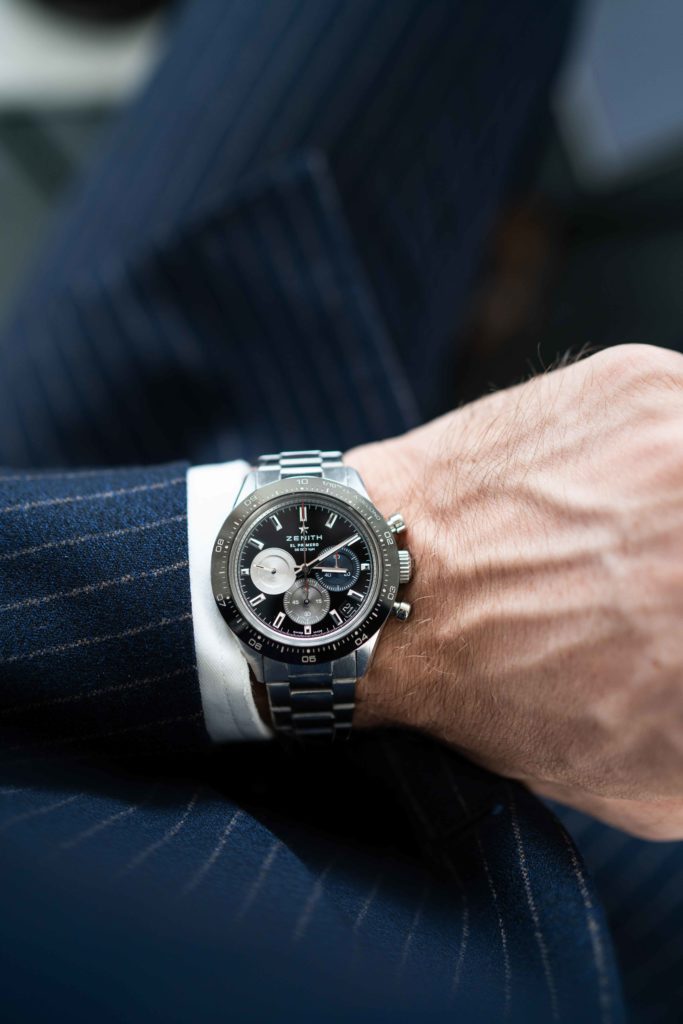
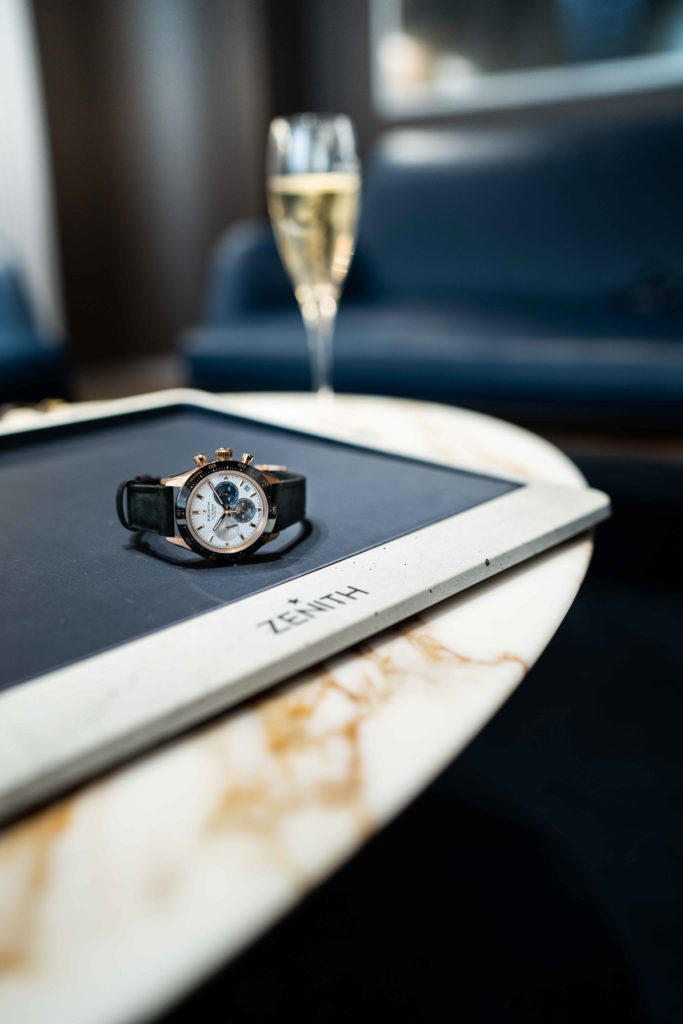
When Zenith’s management decided to cease the production of the El Primero in 1975, watchmaker Charles Vermot took it upon himself to secretly protect the El Primero for future generations by gathering all the technical plans and tools necessary to produce the movement and hiding them in a walled-off section of the manufacture’s attic. His heroic act became a cornerstone in the El Primero’s enduring legacy. His foresight proved very valuable because demand for Swiss mechanical watches returned by the 1980s. Several watch brands reached out to Zenith asking for El Primero movements to use in their own watches. One popular example is Rolex. Their massive order eventually convinced Zenith to relaunch the unrivalled chronograph into production. Subsequently, the renewed surge in demand inspired Zenith to create its own lines of classical and sporty El Primero chronographs.
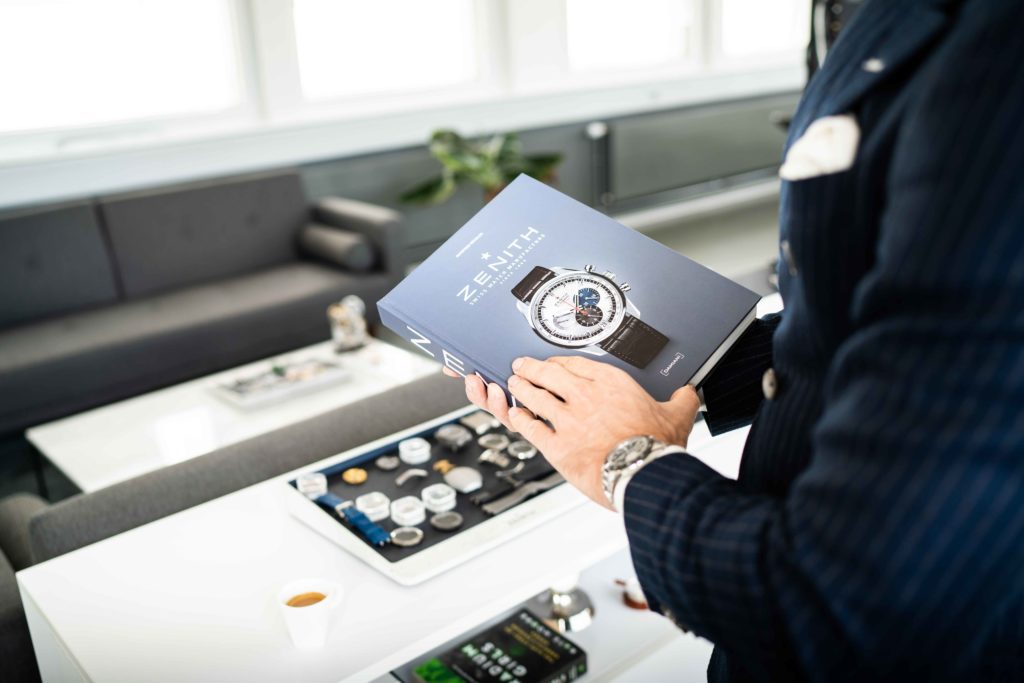
Staying at the Hotel Beau-Rivage in Neuchâtel
After two days in the mountainous Jura region, we’re happy to arrive at the picturesque Lake Neuchâtel. A stone’s throw from the historic town center of Neuchâtel we unwind at the Hotel Beau-Rivage. The Relais & Châteaux member also houses the O’terroirs restaurant. Offering views of the lake and the Alps, the restaurant offers a range of dishes that blend tradition with modernity.

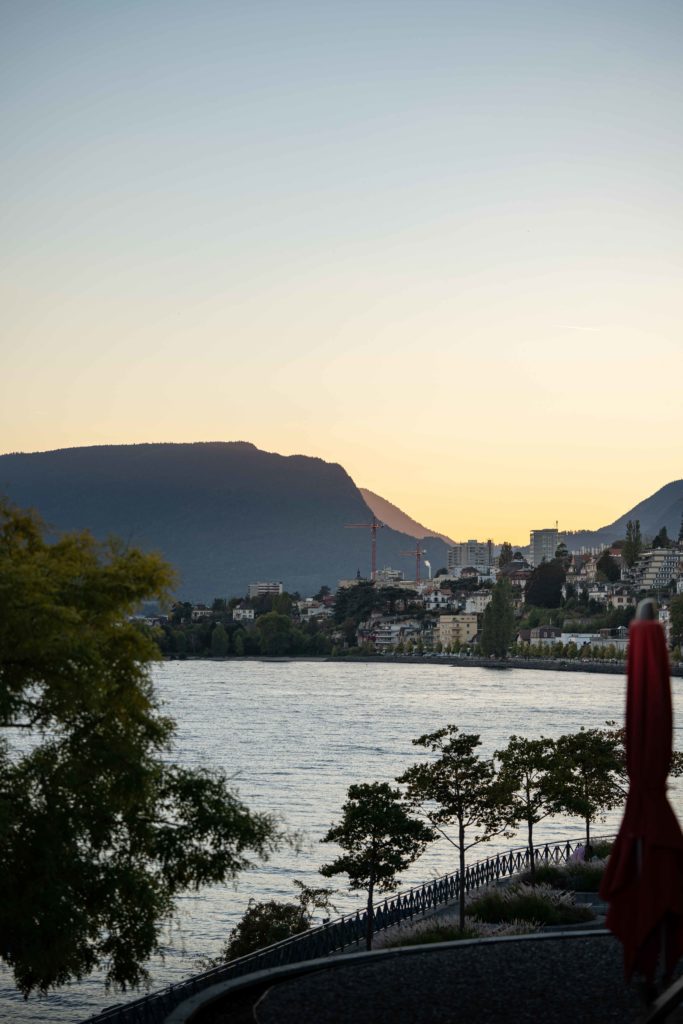

Assembling our own Timepiece
The next morning, the highlight of our entire experience is awaiting. We are putting together our very own timepiece. Not far from the Hotel Beau-Rivage, we meet Giuseppe Picchi. The experienced watchmaker shares his knowledge with us as we assemble our own watch. For us watch enthusiasts, this is a dream come true. Thanks to Giuseppe Picchi we deepened our knowledge about mechanical watches. A day to remember!
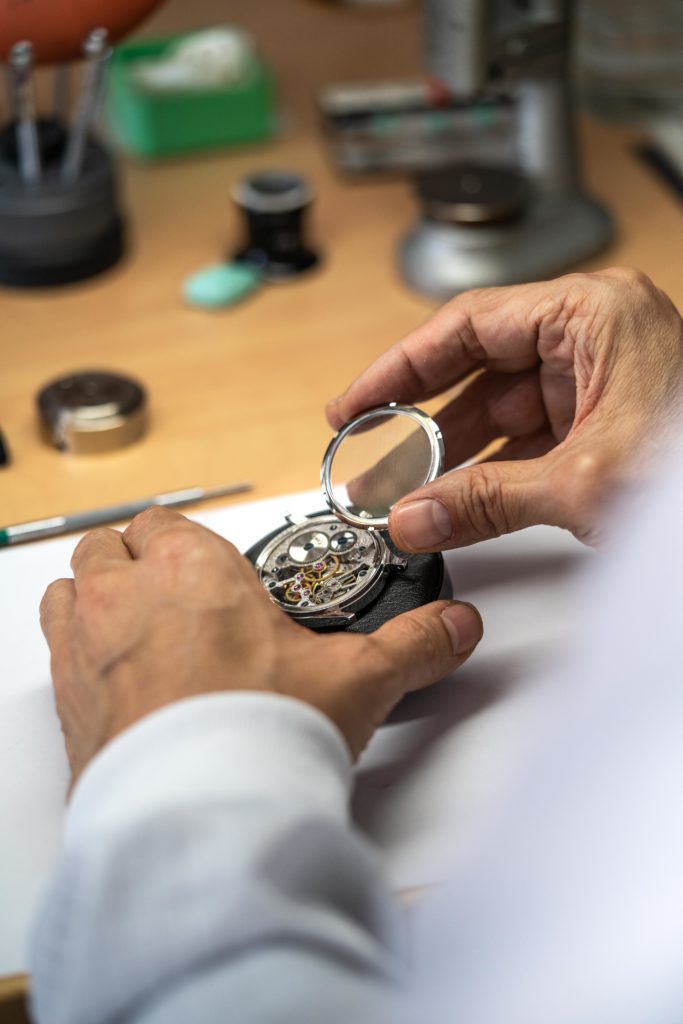

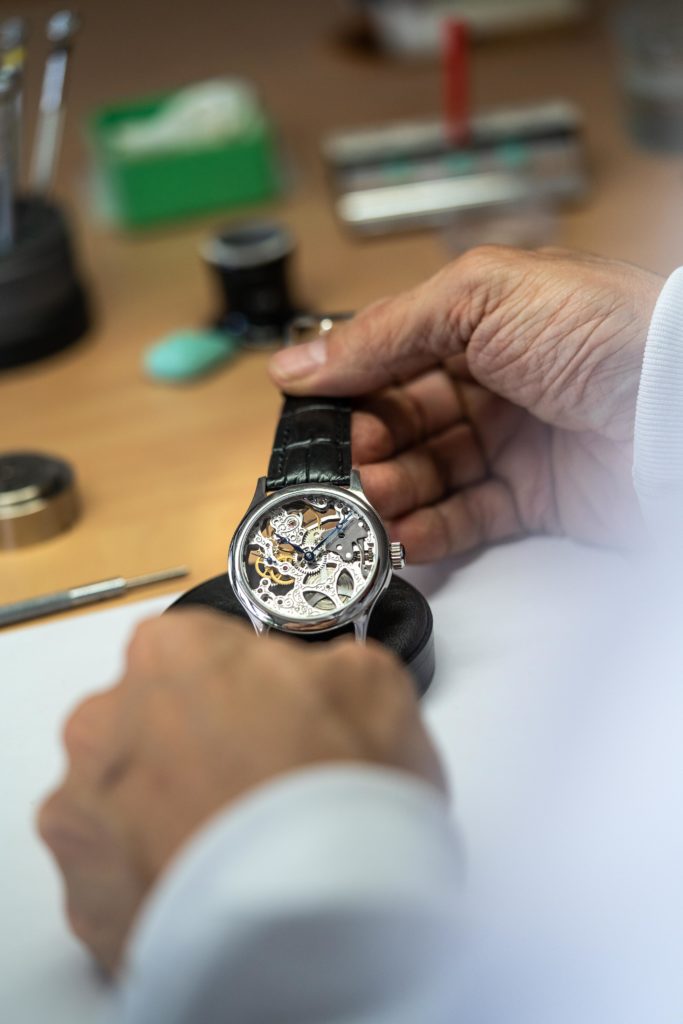
Visiting Auvernier and its Wall Clock Specialists
After a morning of hard work, we enjoy some delicious local fish dishes at the restaurant "Brasserie du Poisson in Auvernier" before heading to our last visit. The clock workshop "Au Carillon d’Or", is located at the center of the picturesque town of Auvernier. Here, we dive into a long-forgotten world. A great number of ancient clocks of various origins can be admired. The continuous ticktack surrounding is us hypnotizing. It is in this setting that we meet Thierry Amstutz. Besides repairing and creating clocks with automatons and music boxes, he is also technician-demonstrator of the Jaquet-Droz automatons at the Museum of Art and History in Neuchâtel. With over 40 years of experience there is practically no wall clock he cannot repair. Even if sometimes some pieces need to be manufactured from scratch again because replacements are no longer available. We’re happy to hear that his eldest son Grégory has joined the company in December 2005. Together with his brother David he will run the family business going forward.
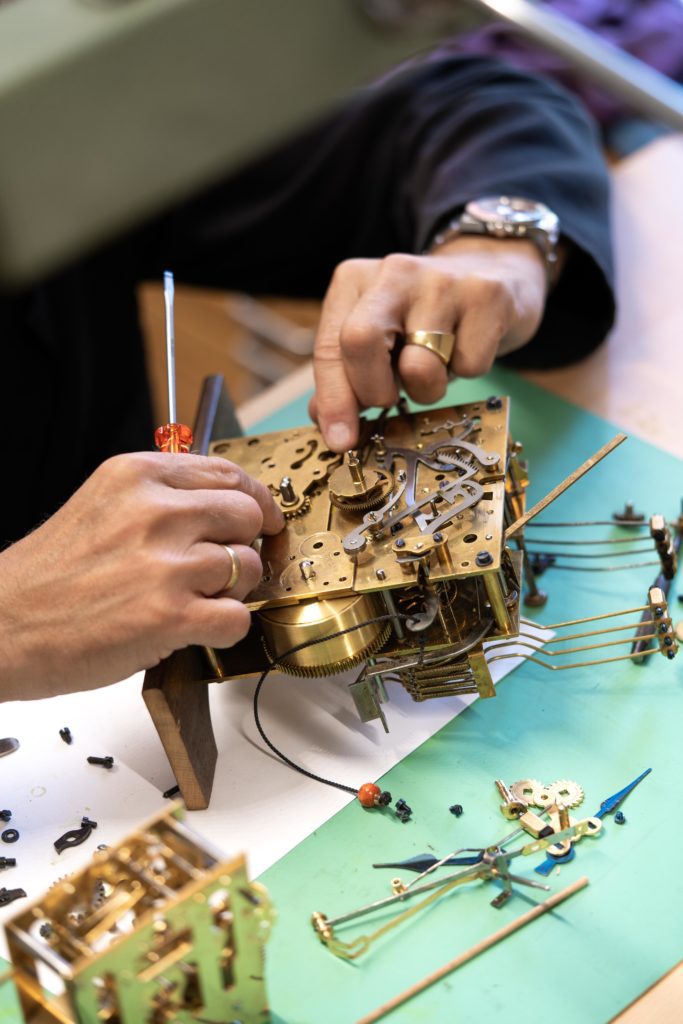
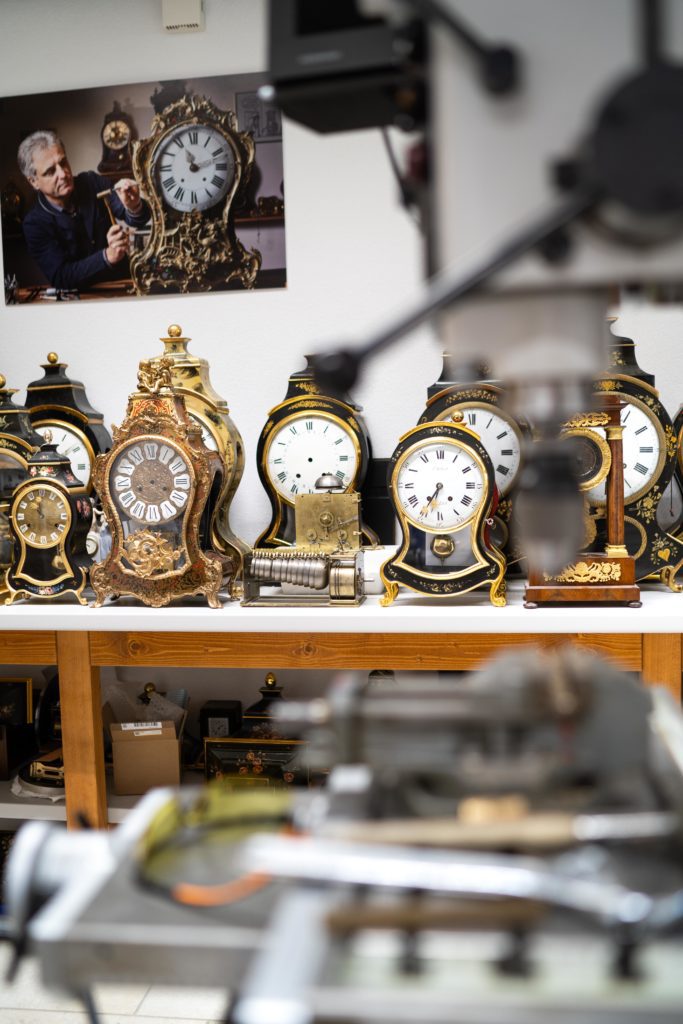
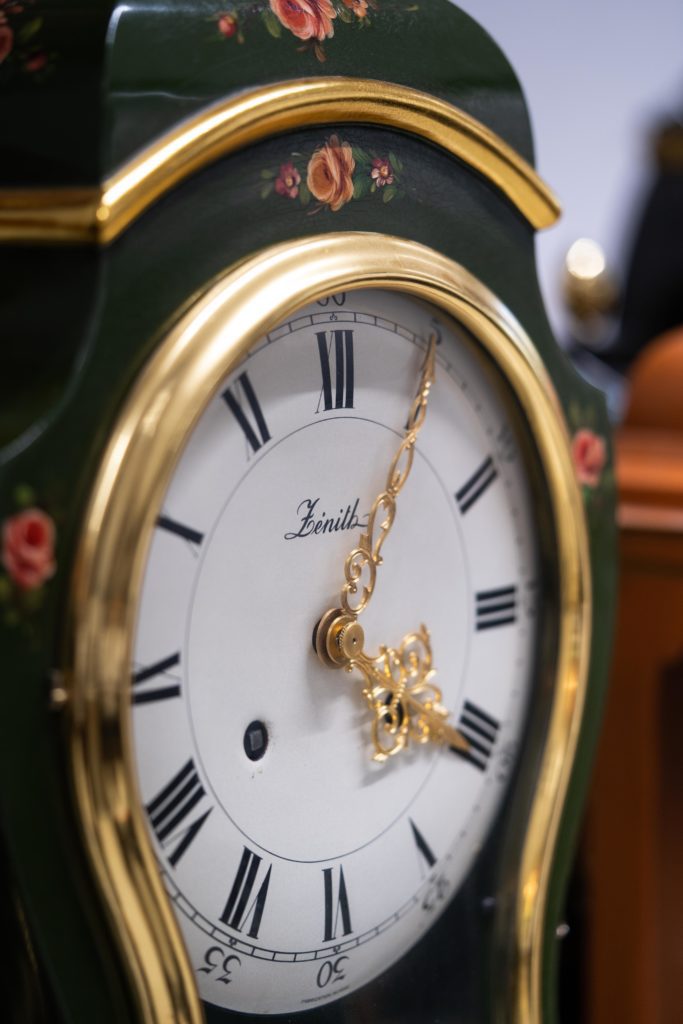
And so, our watchmaking journey is coming to an end. If you want to embark on a similar journey, visit the website of Jura Trois Lacs and discover all available watchmaking experiences.
What city in Switzerland is best known for watchmaking? You might want to say Geneva. While many famous watch brands are headquartered in this international city, most inventions, know-how and talents come from smaller towns in the so-called Watch Valley. One town has become particularly famous for fine watchmaking. Want to find out why it is La-Chaux-de-Fonds?
Get to know the home of fine watchmaking
What do Patek Philippe, Girard-Perregaux, TAG Heuer and Ulysse Nardin have in common? They all manufacture their calibres in La Chaux-de-Fonds (CdF)! The watchmaking city was founded as early as 1656. Since it has become the most important centre of the watchmaking industry, its growth and prosperity is mainly bound up with it.

Today, the town’s grid street plan reminds one of New York City because in 1794, La Chaux-de-Fonds was rebuilt after a devastating fire. Besides watches, the city is known for being the home of famous architect Le Corbusier. Also, the car maker Louis Chevrolet was born there.
The climate in the Jura is harsh. Some refer to the area around La Chaux-de-Fonds as Siberia of Switzerland. With –41°, it holds the record for the lowest temperature ever recorded in Switzerland. The trees along its main street are trimmed at a height of 1,000 metres above sea level and make CdF the highest city in Europe.
In order to withstand the harsh winters, people in La Chaux-de-Fonds had to find an additional source of income. Hence, they specialized in the craft of precision mechanics because they could complete many tasks from home. For example, families completed several parts of mechanical pocket watches at their homes, before supplying them to local workshops. There, watchmakers assembled them to functioning timepieces, which then got sold to retailers in cities like London, Paris or New York.
Jaquet Droz - The philosophy of the unique
One of the pioneers in CdF's watchmaking history was Pierre Jaquet-Droz. He was born in 1721 on a small farm but took a serious interest in clockmaking and precision mechanics. He produced a series of “grandfather” clocks featuring increasingly sophisticated movements. They soon outclassed anything that had yet been produced! He even enhanced his watchmaking movements with music and marvelous automata. It didn't take long for the wealthy and demanding clientèle to discover his extraordinary creations.
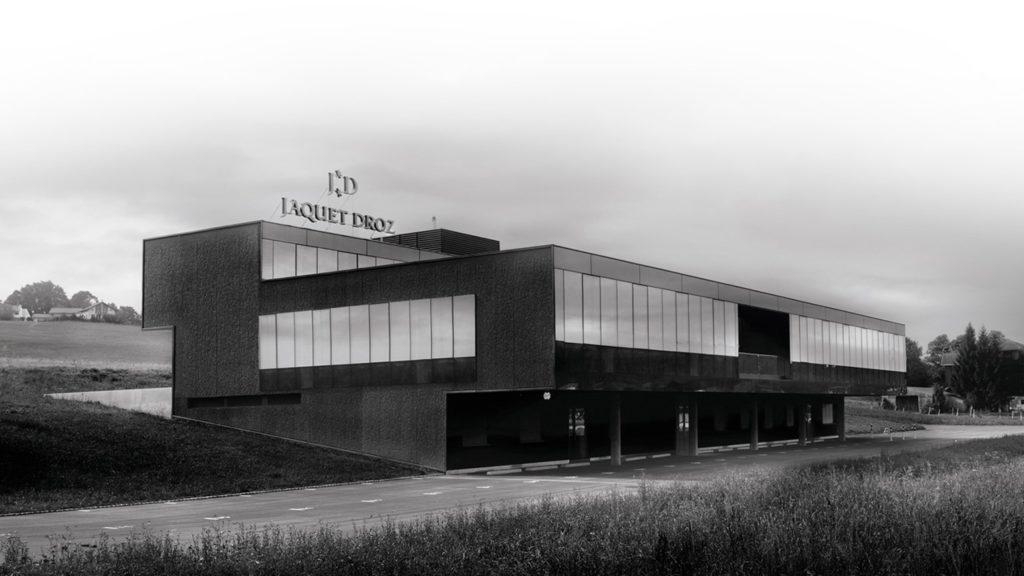
Today, Jaquet Droz is best knows for their automations and in-house Ateliers d’Art. The latter has the aim to preserve the centuries of special expertise that define the brand’s identity. The meticulous work involved in miniature painting, carving, engraving and paillonnée enameling is highlighted in some exceptional pieces in their collection. For example the Magic Lotus Automaton. This masterpiece features a hand-engraved and hand-painted white mother-of-pearl dial and black onyx subdial. Its marvelous decoration in 18-karat red and yellow gold requires a lot of manual work of highly skilled professionals. Featuring a mechanical automaton movement with push-button, this masterpiece offers a magnificent mechanism animating pond, carp and lotus flower. It is the result of age-old craftsmanship!
Another classic of the brand is the Grande Seconde, a piece inspired by a pocket watch created in the 18th century. The hour and minute display at 12 o’clock overlapping the seconds counter at 6 o’clock. It has become the distinct look for Jaquet Droz' timepieces.
One of our favorite watches by Jaquet Droz is the sporty yet elegant looking Grande Seconde Skelet-one Ceramic. It is simplistic, clean and comes with the distinct Jaquet Droz look. Yet, the skeletonization and rather prominent crown add a sophisticated touch!
Schwarz Etienne - Manufacture since 1902
In 1902, another watch manufacturer enters the picture. The industrialization is disrupting Europe's economy and Paul Arthur Schwarz and his wife Olga Etienne decide to go ahead and found the company Schwarz Etienne. This La Chaux-de-Fonds based family business specializes in manufacturing mechanical movements for other watch brands or sophisticated clients such as the Vatican and Leonid Brezhnev, former President of the Soviet Union.

© Schwarz Etienne 
© Schwarz Etienne
Today, Schwarz Etienne develops and sells watches under their own brand name, gradually becoming recognized as a fully-fledged manufacturer with distinct qualities: creativity, innovation and expertise!
Our favorite watch from their current collection is the Tourbillon PSR. The movement of this breathtaking timepiece is manufactured entirely in-house, even including the hairspring! Two of the main features are the small second retrograde complication at 11 o'clock and the tourbillon at 1 o'clock. In addition, it is powered by a visible micro rotor.
While the two steel versions come with either green Aventurine fine stone or blue Opal fine stone, the rose gold features Hematite Specularite fine stone. These fine details really do the trick for us!
Greubel Forsey - Art of invention
One of the latest actors to enter the stage of fine watchmaking is Greubel Forsey. They impersonate the new age of manufacturing high-end timepieces. Without a rich history to bank on, Robert Greubel and Stephan Forsey decided to dedicate themselves entirely to improving the performance of existing complications but also to invent innovative mechanisms since 2004.

In 2009, Greubel Forsey moved into their new manufacture in La Chaux-de-Fonds. It is an architectonic masterpiece! Combining a painstakingly restored farmhouse from the 17th century and the actual atelier. The latter houses the development and production workshops. Its sloping roof gives the impression that it could have risen from the ground!
Only few know that Greubel and Forsey have invented a series of new complications. With the Invention Piece 1 they open up whole new vistas for their first major invention: the Double Tourbillon 30°! Four years of meticulous research were devoted to developing this revolutionary mechanism.

While the Invention Piece 1 symbolizes a milestone for Greubel Forsey, the GMT collection has won our hearts. It displays a spinning globe as a real-time reproduction of the Earth’s rotation, offering an intuitive view of time all over the world as well as a day/night indication.
The latest addition to this iconic collection is the GMT Sport. A newly developed titanium case positions this GMT in a "sports" league of its own. The limits of ergonomics and wrist comfort have definitely been pushed back with the launch of this timepiece. A totally new case form, perfectly round from above, while revealing the accentuated arched and ovoid shape from other angles, was invented by for this watch. Additionally, lugs and strap were integrated in order to achieve a functional form that perfectly fits any wrist. It is definitely one of our favorite watches ever manufactured in La Chaux-de-Fonds!

We hope to have given you a comprehensive overview of the watchmaking industry in La Chaux-de-Fonds including some notable manufacturers. Get in touch with us if you are interested in knowing more about watchmaking in Switzerland!

Interested in reading more about fine watchmaking in the Watch Valley? Read this blogpost about Jaeger-LeCoultre's manufacture in the Vallée de Joux!























